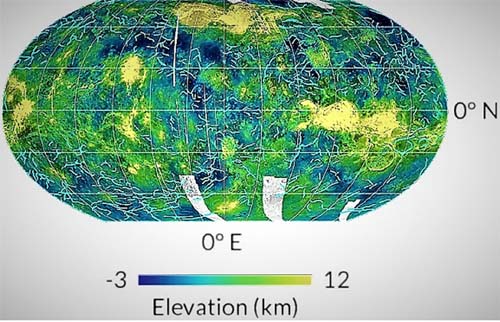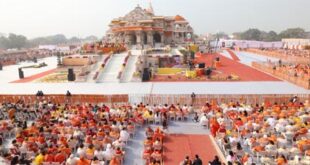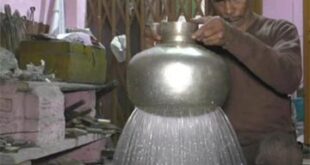Dr Ravi Mishra
Newswave @ Goa
Scientists discovered the new type of Venus crust. Venus crust is neither solid like other rocky planets nor giant moving blocks like Earth, it is between the solid lid and mobile lid.
Venus is a rocky planet and its crust was believed to be whole one continuous piece, solid lid like as on the Moon, Mercury and Mars. But recently earth scientists working on Venus found earthy features in the Venus, which are formed by plate movements.

Venus is a sister planet of Earth, almost with the same size, composition and gravitational pull but no known life. Scientists believed that the lack of plate tectonics in Venus might play a role to make this planet so apparently uninhabitable. Understanding Venus crust is difficult and challenging for earth scientists and about 43 spacecrafts from NASA(USA), OKB-1 and Lavochkin (Russia), ESA (Europe), JAXA and UNISEC (Japan) have been launched to understand this sibling planet.
As per two recent studies presented during the 49th Lunar and Planetary Science Conference held at Woodlands, Texas, USA in March 2018, scientists reveal that Venus may be tectonically more active than the previously thought. Scientist found that Venus crust is broken up into parts that shuffle, propel and rotate on a global scale.
Venus tectonics is like plate tectonics

Scientist analysed the images of NASA’s Magellan spacecraft and presented new maps, which show the low-lying plains of Venus surrounded by a complex network of ridges and faults. These features are similar to the Earth formed due to the movement of tectonic plates. Venus plains also show the sign of rubbing and movement of the crust blocks.
Planetary geologist Paul Byrne of North Carolina State University presented that the tectonic deformation recorded in the Venus surface may be indicative of mantle motion and this deformation may have taken place recently. Venus tectonics is like plate tectonics but is not a plate tectonics.
Another planetary scientist Richard Ghail of Imperial College London showed ridges and faults around two specific regions named as Nuwa Campus and Lada Campus on Venus and compared these features with the Tarim and Sichuan basins in China. According to Richard Ghail while Earth’s plates move independently like icebergs, Venus blocks jangle together like chaotic sea ice.
Crustal motion may be possible on Venus
As per the research crustal motion may be possible on Venus. Venus surface is hot and rocks may be in the viscous state, whereas the interior is also hot like earth. Therefore, curst blocks require small force to move and mantle convection could help to push the blocks around.
The new tectonics finding of Venus may have implications for astronomers trying to figure out the earth size habitable planets in other solar systems. It is also possible that Venus may go through the phases of plate tectonics. Venus could have plate tectonics like Earth had 100 to 200 crores years ago.
( By Dr Ravi Mishra, Scientist, National Centre for Antarctic and Ocean Research, Goa)
 News Wave Waves of News
News Wave Waves of News








